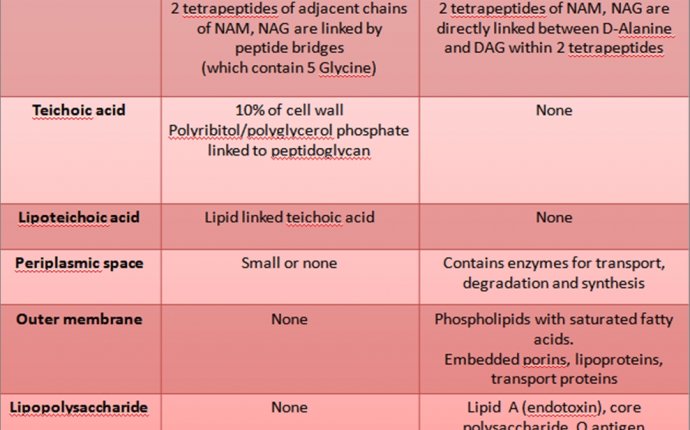
Bacterial cell wall Function
There are different types of cells, including animal cells, plant cells, fungal cells and bacteria cells. They vary in structure, depending on the type of cell and its function. Cell walls can be flexible, like those in plant cells, or rigid, like those in bacterial cells. The main job of the cell wall is to prevent the cell from over-expanding when water enters. Animal cells do not have cell walls; plant and bacteria cells have walls, but they differ in their makeup and their function.
Plant Cell Wall Structure
One main difference between plant and bacterial cell walls is their structure. Plant cell walls are made up of cellulose, hemicellulose, pectin and lignin. Plant cells have both a primary and a secondary cell wall. Primary walls surround growing and dividing plant cells. The secondary cell walls are important because they facilitate the transport of water and nutrients and allow for upright growth, such as the growth of plants' stems.
Plant Cell Wall Function
The cell walls in plant cells serve many functions. For example, they determine and maintain cell shape; provide structural support; control direction and speed of growth; store carbohydrates; protect the cell against outside elements; regulate the flow of materials in and out of the cell; and aid in cell-to-cell communication.
Bacteria Cell Wall Structure
Bacteria cell walls are made up of peptidoglycan; they do not contain cellulose like plant cell walls. The bacteria cell wall is rigid. The cell wall is crucial to cell survival, as it plays a vital role in the interaction of the bacterial cell and the environment.
Bacteria Cell Wall Function
The cell wall of bacteria serves several functions, such as maintaining the shape of the cell; serving as an anchor for flagella; and providing protection. Bacteria have three different shapes: spiral (spirillum), spherical (coccus) and rod-shaped (bacillus). Some bacteria, such as mycoplasma, have no cell wall and no specific shape. Bacteria have two different types of cell walls: gram-positive and gram-negative. Gram-positive bacteria have a cell wall that can be penetrated. Gram-negative bacteria have an outer membrane for protection, meaning gram-negative bacteria are more likely to fend off harm to the cell from outside environmental forces.



